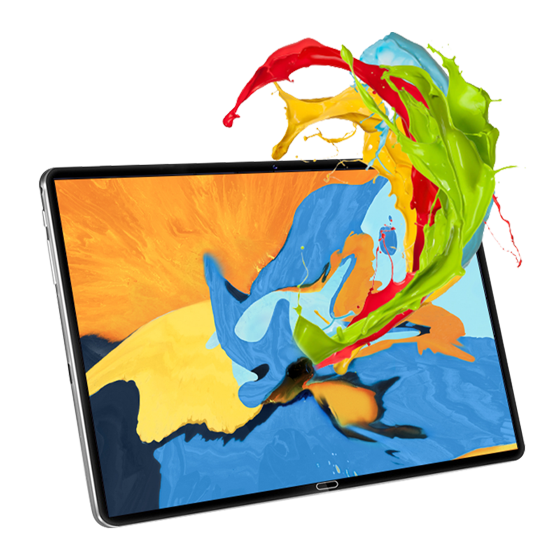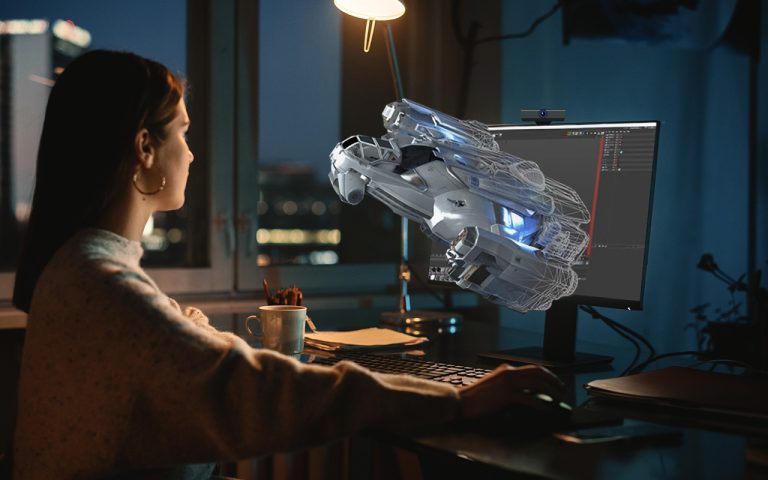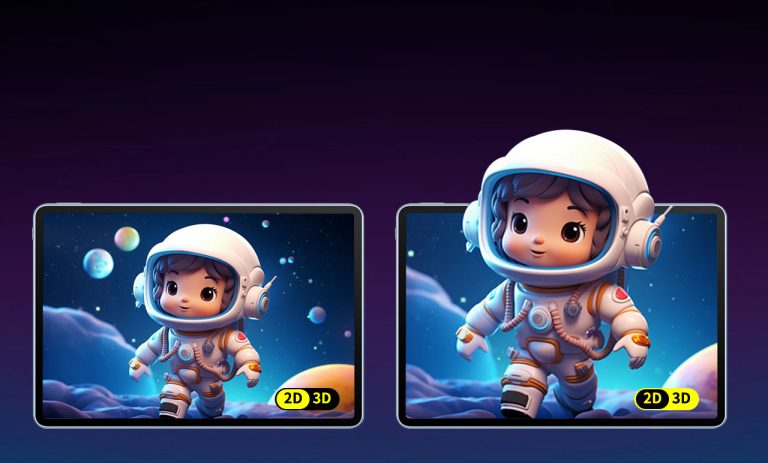News
05/09/2025
With the rapid advancement of technology, naked-eye 3D technology has gradually entered the public eye, especially in advertising displays, entertainment experiences, and commercial promotions. However, many businesses and content creators have found that despite significant investments, the attractiveness...
05/08/2025
I. The Motion Sickness Challenge in Naked-Eye 3D
The naked-eye 3D industry has long faced a significant barrier: persistent motion sickness, even after eliminating the need for glasses. According to recent 2025 data from the National Ophthalmology Engineering Center, over 30 minutes of viewing naked-eye...
05/07/2025
This article explores the five critical factors affecting 3d holographic display performance: resolution, field of view, refresh rate, color reproduction, and optical element quality. We first summarize each factor’s definition and role, then provide typical quantitative benchmarks from recent research....
05/06/2025
3D screen monitors have evolved from niche products to become one of the mainstream viewing and entertainment devices in 2025. 3D manufacturers use unique algorithms and even AI to drive product upgrades, high-density lenses, and improved stereo tracking to provide immersive 3D visuals. Whether you want...
05/05/2025
In the world of 3D display technology, viewing angles play a critical role in determining image quality, user experience, and commercial viability. When manufacturers boast wider viewing angles, it often sounds like an upgrade. But is having more viewing angles always better? This article explores the...
05/02/2025
Over the past two centuries, 3D technology has evolved from early stereoscopes to mid-20th-century 3D films and televisions, and now to modern autostereoscopic (glasses-free) displays. This journey reflects waves of enthusiasm and disillusionment, driven first by novelty and later by technical limitations....
05/01/2025
A quick overview of key insights
Origins & Applications: Glasses-free (“autostereoscopic”) 3D displays deliver immersive depth without eyewear, finding uses in entertainment, healthcare, exhibitions, advertising, and personal devices.
Common Issues: Users face choppy playback, limited viewing zones...
04/30/2025
The concept of a dynamic focal plane is becoming increasingly important in the field of computational imaging, virtual reality, and advanced optics. By dynamically adjusting the focal plane in response to user movement or visual input, systems can more realistically simulate depth changes, mimicking...
04/29/2025
The transition from 2D to 3D marks a pivotal era in the development of modern display technologies. As digital visuals become central to daily life—from smartphones to immersive simulations—the leap from 2D to 3D is not merely a visual enhancement, but a technological revolution grounded in decades of...
04/28/2025
Introduction: The Role of 3D Display Technology in Industrial Transformation
3D display technology has emerged as a cornerstone of the digital materialization revolution, bridging the gap between virtual models and physical industrial processes. By enabling high-fidelity visualization and real-time interaction,...
No posts found












